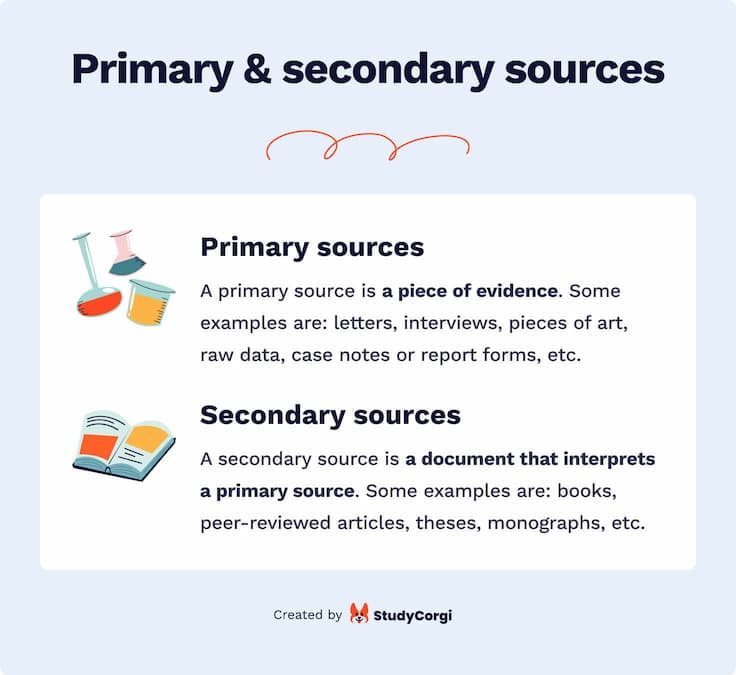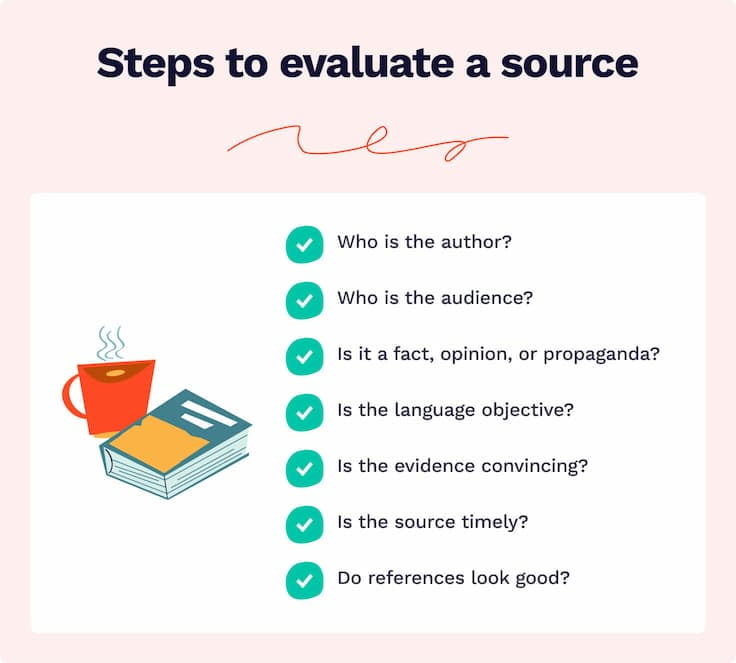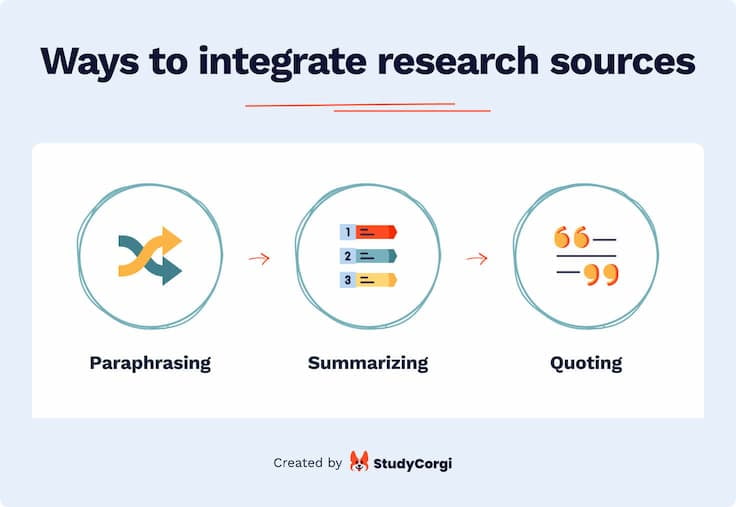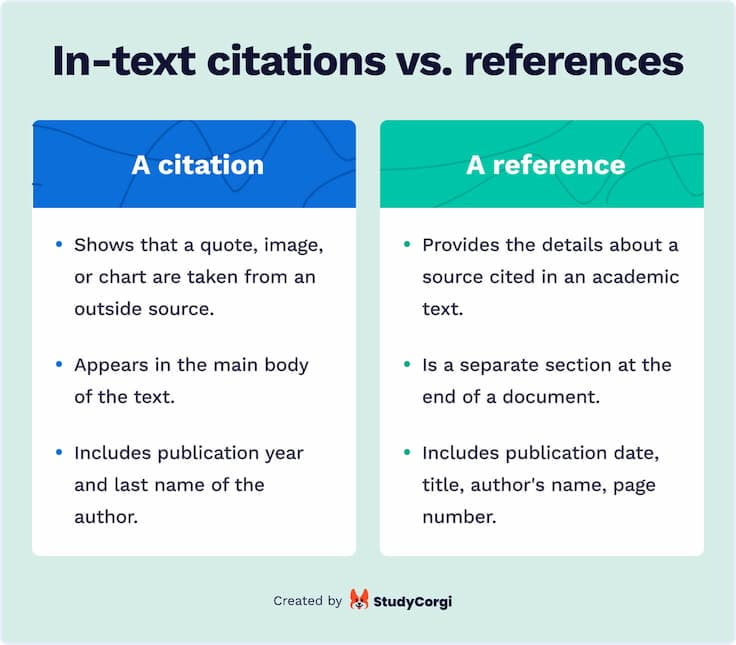🛠️ Citation Machine - How to Use It?
Take the 5 steps below to use the tool:
- Select a citation style that fits the nature of your research. You can choose from APA, MLA, Harvard, Chicago, or Turabian methods.
- Choose the type of source you wish to cite. It can be a website, a book, an article, a chapter in edited books, or a social media post.
- Provide the necessary information in the search bar. Users can paste URLs, titles, DOI, or ISBN information.
- Add the information manually if there are any difficulties with your search.
- Click “Cite” once you’re done.
Note that you can save bibliographical lists and name them. For example, as “Hemingway essay” or “Physics project.” Additionally, you can copy references and enable the “in-text citation” option. Users may even use the quoting machine to download bibliographies in Word format.
🔥 Reference Generator Benefits
There are 4 key benefits of using our citation machine.
| 100% Intuitive | Our tool knows what you want from a citation. All users have to do is select a style and add the necessary information. You can use prompts to guide you through this process if it's your first time using our platform. |
| 100% Accurate | We’ve spent considerable time and effort developing and fine-tuning this tool. It generates quotes that strictly follow the current versions of modern quotation styles. |
| 100% Quick | You can quickly search for citations by title, DOI, and ISBN. They can be used to find suitable sources automatically. You can also enter requests manually if you fail to find the necessary sources based on their characteristics. |
| 100% Ad-free | Our platform is entirely free of intrusive banners and video ads. You won’t have to pay to disable the ads. |
📖 Research Sources 101
What is a research source?
A source is any content containing information about a particular topic.
Sources come in all shapes and forms, including video, text, sound, and even their combinations. Each type can improve the research, depending on what you want to achieve. However, you should be careful when choosing a source for your assignment. Below you’ll find some tips on how to find and use reliable sources.
Finding Sources
When conducting research, one comes across various sources.
Most of them fall into two categories: primary and secondary. These are the standard categories used in academic research by professionals and students.

Primary Sources
These are the original pieces of evidence. They record events close to when they happened.
Common examples of primary sources include novels, letters, surveys, interviews, and testimonies.
It might be the original writings of Newton on the theory of gravity, the blueprints of the Hudson bridge, and the works of Henry Adams.
Secondary Sources
Original sources can be hard to understand and sometimes even get. That’s where secondary sources come into play. They interpret information drawn from the original works.
In the case of Newton, these could be scholarly articles, blog posts, journal articles, and newspaper columns dedicated to his work and personal life.
These sources are often used to present supporting ideas and arguments.
Evaluating Sources
After finding relevant sources for a particular paper, one must assess the value of the information presented.

If you think something is worth adding to a paper, spend time checking its merit and credibility. There are several questions a researcher must ask to improve this process.
- Who is the author? The first step in checking a source is researching the author. Look at their education and fields of expertise. Check the results for any mentions of published scientific papers or verified articles in well-respected organizations.
- Who is the audience? The second step involves looking at the intended audience of a particular piece. Check if its style, complexity, and level of information fit the status of your research paper or article.
- Is it a fact, opinion, or propaganda? Sources sometimes contain personal opinions and even propaganda instead of unbiased facts. The difference is that facts are proven pieces of information. Opinions, in their turn, provide thoughts about a particular fact or event, while propaganda wants to impose a certain view on them.
- Is the language objective? The fourth step requires looking at the language of a source. Ideally, it must stick to the facts. Emotionally-driven pieces of information lack an objective outlook and are often opinionized.
- Is the evidence convincing? The next step involves looking at the merits of provided data. In general, you should have a good grasp of the topic you want to write about. That’s why it's necessary to check the source for the accuracy of its content.
- Is the source timely? The sixth step has researchers looking at how fresh their source is. Needless to say, if an article is over 30 years old, it might not have the most up-to-date information. But it doesn’t mean that all old sources are necessarily bad.
- Do references look good? Finally, one should look at the citations and references listed in the source. Ideally, they must contain credible works that have been validated in their respective field of research.
Using Sources
Once you have enough sources, it's time to apply them to a text.
Generally, a single source is used to write one page of a paper. For example, a 5-page high school essay should have 5-6 citations.

But, this rule can change depending on the circumstance. There are 3 key ways of using sources: summarizing, paraphrasing, and using direct quotes.
| Summarizing | Paraphrasing | Quoting | |
|---|---|---|---|
| What? | A summary is a condensed overview of the source containing no more than half the words from it. | A paraphrase is a reworded piece that keeps the overall idea of the original source the same. | A direct quote involves adding the author’s direct works and putting them in quotation marks. |
| When? | Use it when you don’t need to repeat everything an author has said. Summarizing will make your writing easier to understand. | Use it to simplify concepts of phenomena explained by the author or show how well you understand the source material. | Use it when you understand that paraphrasing an idea will drastically change an author’s intention. |
| How? | Give a short overview of the source. Don't take up a lot of space to leave room for your arguments. | Rewrite an author's words to make them simpler to understand for readers. | Introduce the citation, state its author, and connect it to the rest of the paper. |
🆚 In-text Citation Vs. Reference
Researchers often mix these notions.

Citations acknowledge the source of a particular text part in an assignment or article. The reference list is a list of sources that backs up the author’s argument and is located at the end of a paper.
There are 3 key differences between these concepts.
| In-text citations | References | |
|---|---|---|
| Meaning | Are used to indicate that an item of data in the text comes from an outside source. | List all sources cited in a piece of work. |
| Placement | Are placed within brackets in the body of the text. | Are collected in a separate section at the end of the paper. |
| Information | Contain data like the last name of the author or publication year. | Detail the title, author’s name, page number, and publication date. |
💬 The Most Common Citation Styles
APA
The APA style is generally favored by social and behavioral scientists, students, and researchers. Quotations include the last name of the author and publication year. It’s commonly referred to as the author-date approach. We can generate accurate APA 7 references on in-text citations.
MLA
This style developed by the Modern Language Association is often used by students and humanities academics. Citations in MLA require an author’s last name and page number. It also needs a list of cited works with full details of each source. Our tool can create the right MLA citations for texts and bibliographies.
Harvard
The Harvard style is commonly used by the UK students and scholars. Like APA, it follows the format of providing an author’s name and date in brackets. This information is placed in the text body and the list of references.
Chicago Notes and Bibliography
This version of Chicago citation style is more common and is widely popular in humanities. Quotes are put in footnotes and endnotes.
Chicago Author-Date
This version of Chicago citation style is more applied in scientific papers. It utilizes in-text citations coupled with a reference list.
Turabian
This type is a version of the Chicago style. They follow the two types of its cousin: author-date and notes and bibliography. Unlike its counterpart, Turabian is designed for researchers and students. It can be beneficial for dissertations, research papers, or theses.
❓ Citation Machine FAQ
❓ What is citation machine?
Citation machines can generate quotations and bibliographies. Our tool can create citations in APA, MLA, Harvard, Chicago, and Turabian styles.
❓ What is the purpose of a citation machine?
Citation generators that can help researchers and students cite sources in a specific style. It depends on the kind of paper they’re working on. Users have to provide information like author, title, and publication date.
❓ How accurate is citation machine?
Citation machines are very accurate but can’t evaluate the quality of your sources. If you give them poor sources, they will make a correctly formatted bibliography and quotes, but all of this won’t make the quality of the sources better.
❓ How to use a citation machine for articles?
To use our citation machine, select the style you want to use: APA, MLA, Harvard, Chicago, or Turabian. Next, choose the type of source you want to cite: a book, a thesis, or a magazine article. Then, give the required article (author, title, and others) and click “Make citation”.